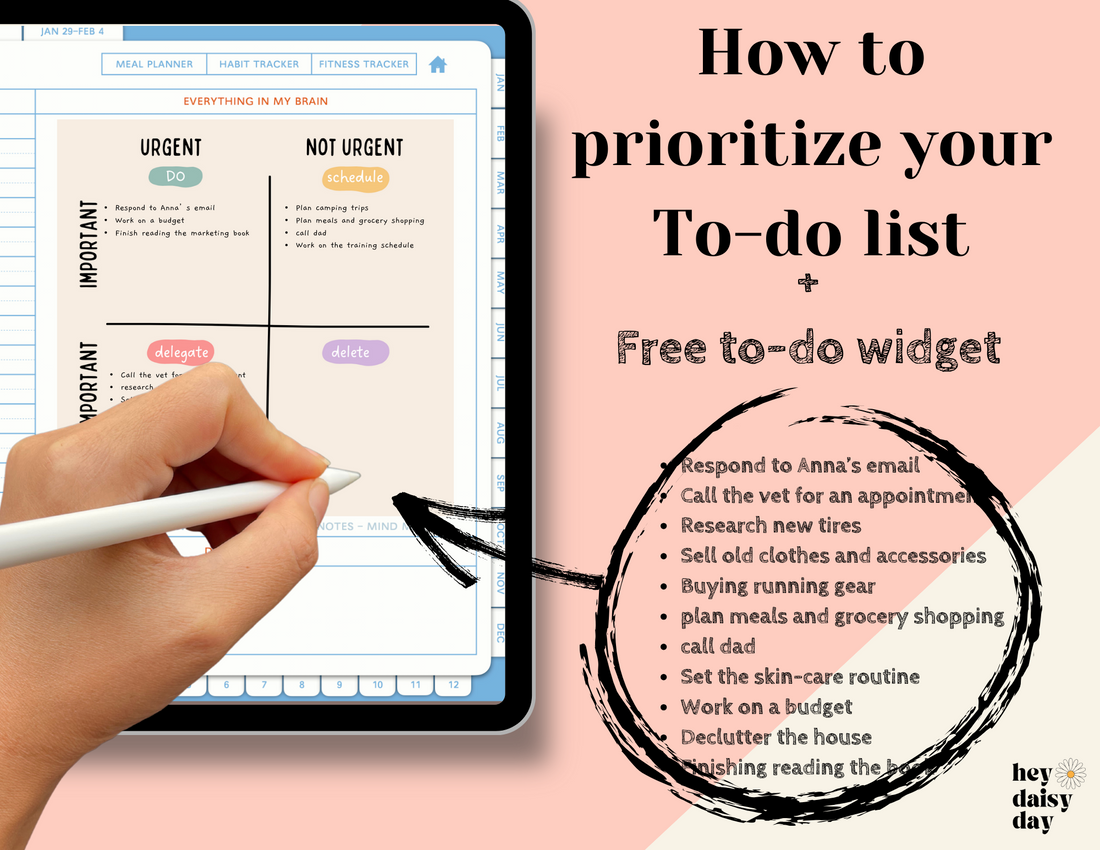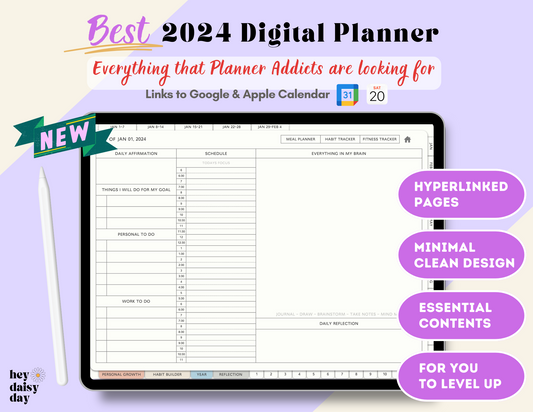Ever feel like you're constantly on the go, tackling one urgent task after another, yet somehow falling short of your larger goals? It's a common conundrum – the busyness trap.
Spending the day extinguishing urgent fires might leave you feeling productive, but the reality sets in when you realize you're not making headway toward your significant aspirations. The root of the issue often lies in poor prioritization.
In this fast-paced world, we're wired to address immediate needs, often neglecting tasks that could yield substantial long-term benefits. It's a draining cycle that leaves us both physically and mentally fatigued.
So, what's the remedy?
Enter the Eisenhower Matrix. This matrix comes to your aid if you:
• Find yourself caught in a loop of addressing urgent matters, sidelining your to-do list
• Feel busy but question the real impact of your work
• Struggle to make strides towards your long-term goals
• Grapple with procrastination as a regular foe
• Find it challenging to decline additional tasks when they come your way
• Have difficulty delegating responsibilities to others
The Difference Between Urgent and Important:
Before we dive into the intricacies of the Eisenhower Matrix, let's clarify the distinction between urgent and important:
• Urgent Tasks: These are time-sensitive and demand immediate attention. They often bring a sense of urgency, but not all urgent tasks are necessarily crucial in the grand scheme.
• Important Tasks: These contribute significantly to your long-term goals and aspirations. They might not scream for immediate attention, but investing time in them yields substantial benefits over time.
Understanding this difference is the first step to effective prioritization, as it sets the stage for the strategic use of the Eisenhower Matrix.
How to Use the Eisenhower Matrix for the Week:
1. Identify Your Tasks: At the beginning of the week, create a comprehensive list of all tasks. Whether work-related, personal, or aspirational, jot down everything you plan to tackle during the week.
2. Categorize into Quadrants: Use the matrix's four quadrants to classify tasks:
◦ Quadrant 1 (Urgent and Important): Tackle these tasks immediately.
◦ Quadrant 2 (Not Urgent but Important): Schedule dedicated time for these tasks throughout the week – they contribute to long-term goals.
◦ Quadrant 3 (Urgent but Not Important): Assess these tasks for delegation, if possible.
◦ Quadrant 4 (Not Urgent and Not Important): Consider eliminating or minimizing these tasks.

3. Prioritize and Act: Begin the week by addressing the tasks in Quadrant 1. For instance, if a work deadline is looming, prioritize completing the urgent and important aspects of the project. Move on to Quadrant 2 for strategic planning, perhaps allocating an hour each day for professional development. Quadrant 3 tasks, like responding to non-critical emails, can be delegated or postponed. Quadrant 4 tasks may be revisited and adjusted as needed.
4. Review and Adjust: Midweek, reassess your tasks and adjust their placement in the matrix. Adapt as priorities shift, ensuring you stay on track toward your goals. If unexpected urgent matters arise, reallocate your time accordingly.
With the Eisenhower Matrix as your guide, you can transform the way you manage your time and energy, ensuring that your efforts align with your aspirations. Ready to take the first step toward a more purposeful and productive you?
Download [here] for free template for your planner and let's get started!






